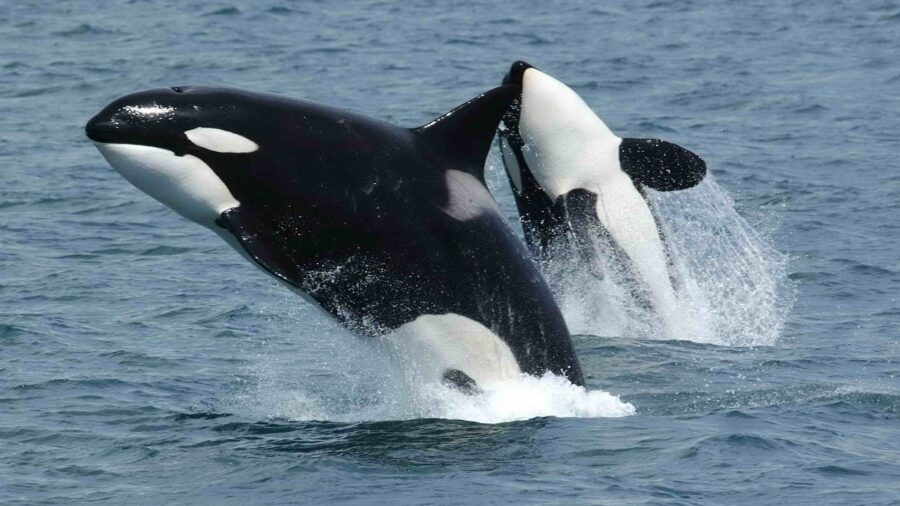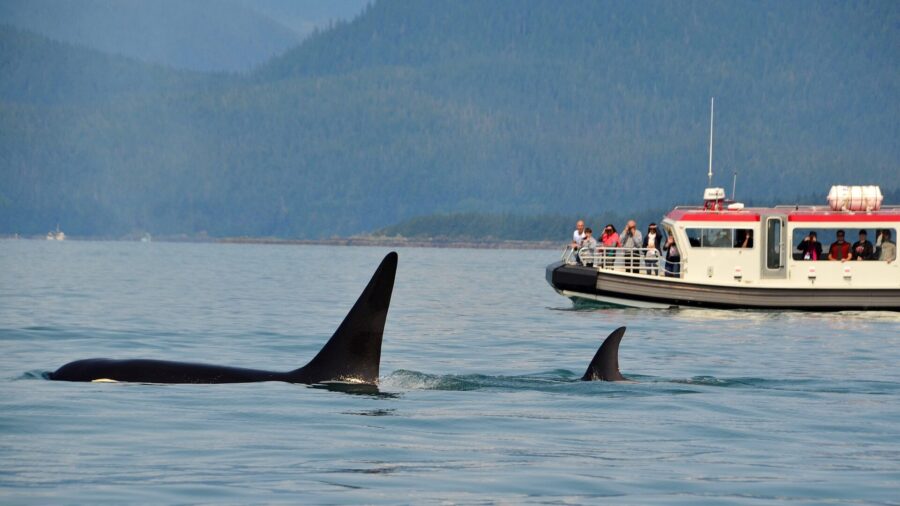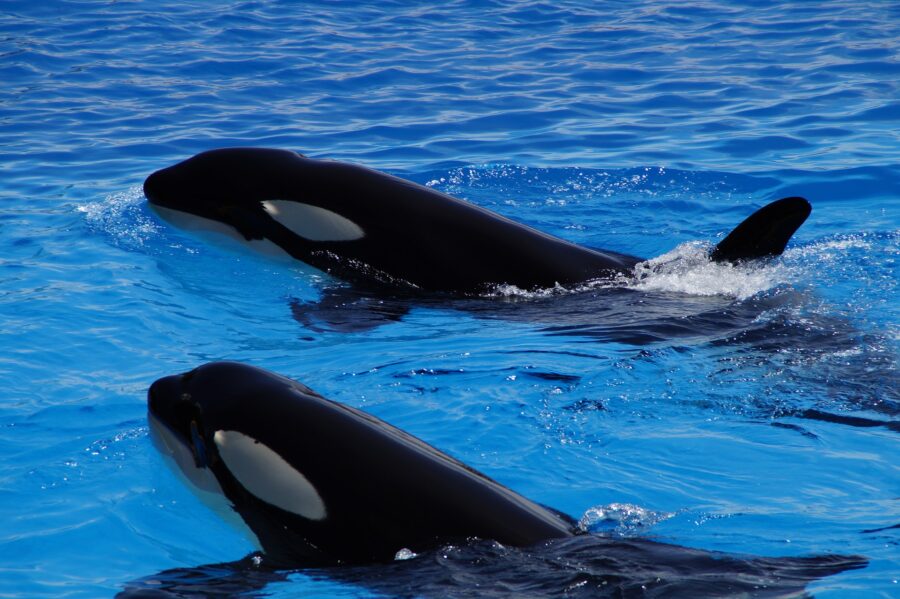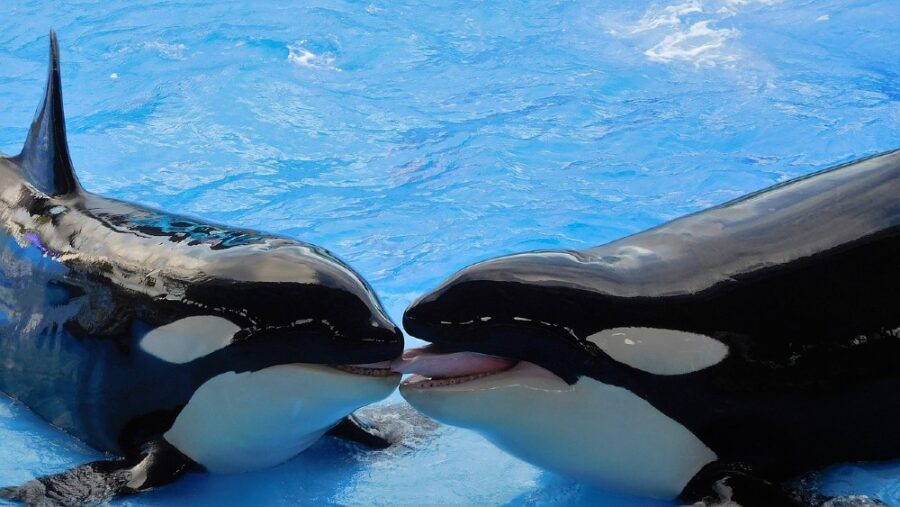Killer Whales Training Each Other To Be Even More Deadly

As scary as Jaws is, Shamu might have him beat. Researchers have been watching in horror over the last few years as Orcas have started gathering into pods and attacking innocent blue whales. Live Science reports that these savage killer whales have been using their incredibly sharp teeth to reduce the gentle giants to nothing more than “grisly chunks.”
Orcas Attack Humans And Other Whales At Rates Never Documented Before

In a year that has seen orcas attacking boats until they capsize, experts are forced to ask themselves if these behaviors are new, or if killer whales have been living up to their name for years and nobody noticed. Some experts think that orcas—being highly intelligent and extremely sociable—are teaching each other to go after new sources of food like blue whales and humans.
These Whales Are Teaching Each Other How To Hunt Larger Prey

Devouring the world’s biggest living creature “requires cooperation and coordination,” according to Robert Pitman, a marine ecologist at Oregon State University’s Marine Mammal Institute. Pitman warns that not only are adult killer whales teaching each other how to work together to take down larger prey, but that the knowledge “will be passed along.”
This Behavior Could Be Deadly For Killer Whales

Unfortunately, social learning coupled with the act of seeking out unconventional food sources has proven to be fatal for Orcas in many instances. The number of killer whales caught in fishing gear off the coast of Alaska rose significantly after the black and white dolphins-on-steroids started teaching each other how to eat the groundfish located there.
“This behavior may be being shared between individuals, and that’s maybe why we’re seeing an increase in some of these mortality events,” said Josh McInnes, a marine ecologist who studies orcas at the University of British Columbia
This Might Not Be New Behavior

On the other hand, some researchers have suggested that the killer whales aren’t doing anything new—humans are just observing it now due to an increased interest in animals. Research has shown for years that orcas enjoy swimming into the mouths of their prey to eat the tongue first, something they’ve been doing in these recent blue whale attacks. This has led some researchers to the conclusion that there isn’t a lot the killer whales are actually “teaching” each other that the predatory mammals didn’t already know.
As for why orcas go after the tongue first, Pittman likens it to humans having “preferred cuts of meat.” Either that or, given how gleefully killer whales perform violent acts, it’s so their victims can’t scream while the orcas slowly eat them alive.
Are We At Risk Of Being Orcas’ Next Big Prey?

Fortunately, killer whales don’t seem to have much of a taste for human flesh—at least not presently—and are unlikely to start hunting people as viciously as they do blue whales. As far as orcas are concerned, humans don’t rank high on their list of favorite foods. Maybe it’s because our tongues are too small for an orcas to bite out?
One can’t help but wonder if the killer whales’ change in appetite is somehow connected to the world’s changing climate. Much like how a warming ocean has caused great white sharks to look for food near beaches where the water was previously too cold to sustain them, changes in the orca’s traditional ecosystem might be what’s driving them to go HAM on blue whales all of a sudden.
Sadly if that is the case, it’s likely to get worse before it gets better.












